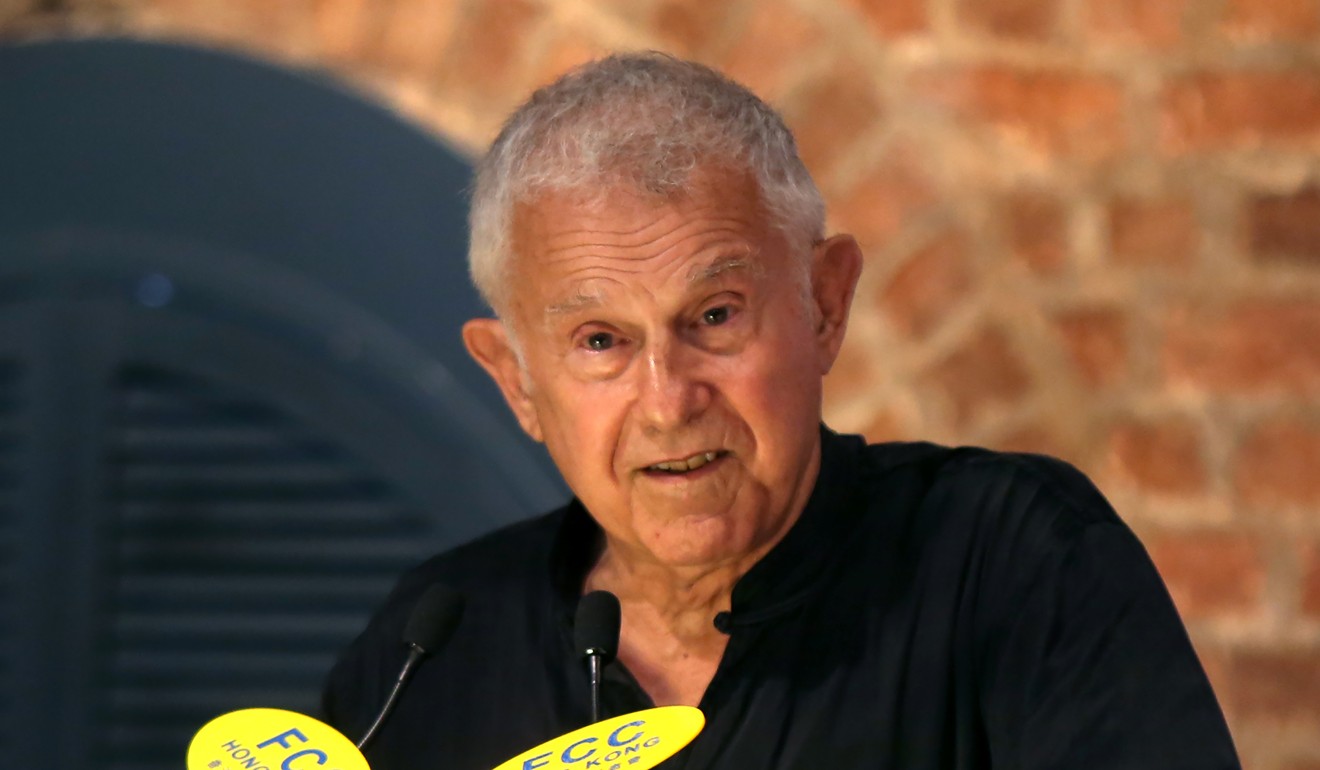
Ex-US diplomat recounts how deadly 1967 Hong Kong unrest became full-blown riot after pro-Beijing figures stepped in
Syd Goldsmith says the trouble caught officials by surprise and recalls being besieged by angry protesters in the streets
The former US diplomat responsible for feeding Washington information on the deadly 1967 riots in Hong Kong has offered a rare insight into the unrest, describing how a regular labour dispute gradually escalated into a full-blown riot after pro-Beijing figures stepped in.
Looking back at the upheaval in a talk on Thursday, Syd Goldsmith said he had not expected the dispute to turn into one of the deadliest chapters in the city’s history.
“We just didn’t think anything beyond a normal periodic labour dispute would ever happen,” said Goldsmith, a political officer at the United States consulate at the time.
The riots were considered a spillover from the Cultural Revolution, a tumultuous social and political movement which began on the mainland a year earlier. The immediate trigger was a labour dispute in April 1967 at an artificial flower factory in San Po Kong.

The incident escalated quickly after leftist activists and mainland officials stationed in Hong Kong seized the opportunity to mobilise their followers to protest against the British colonial government.
The riots saw 51 people killed, 15 of them in bomb attacks, and more than 800 people injured.
Goldsmith was on May 11, 1967 instructed by his superiors to take a “stroll” in the area where the workers were protesting. That was the day the labour dispute became a riot.
“I was a little nervous about being sent out there. I figured a white face would not be to my advantage in an area where we had seen scuffles already between the police and the demonstrators,” he said.
“We walked in the Tung Tau tenement estate and within a period of about 30 seconds, hundreds and then thousands of people came out to the streets. We didn’t even have time to duck. We were caught in it.”
According to his memoir, Hong Kong on the Brink, published earlier this week, fires burning on trash sprang up out of nowhere as demonstrators started pouring out of the estate buildings. The protesters yelled racist curses and suspected he was a police officer. He was soon surrounded by people who started pushing him.
But he was eventually let go after five or six workers emerged to help him.
Goldsmith said he believed pro-Beijing figures had decided to step into the unrest because they wanted to show “loyalty” after the labour dispute took on an anti-colonial nature.
He said the riots ended a few months later when the workers realised the pro-Beijing unions in the city were not really behind them and their labour demands.
The former diplomat said he had been unsure of the US government’s views on the riots since he never received any feedback from Washington on the reports he filed, which were based on his personal observations, newspapers and people he knew in the city.

